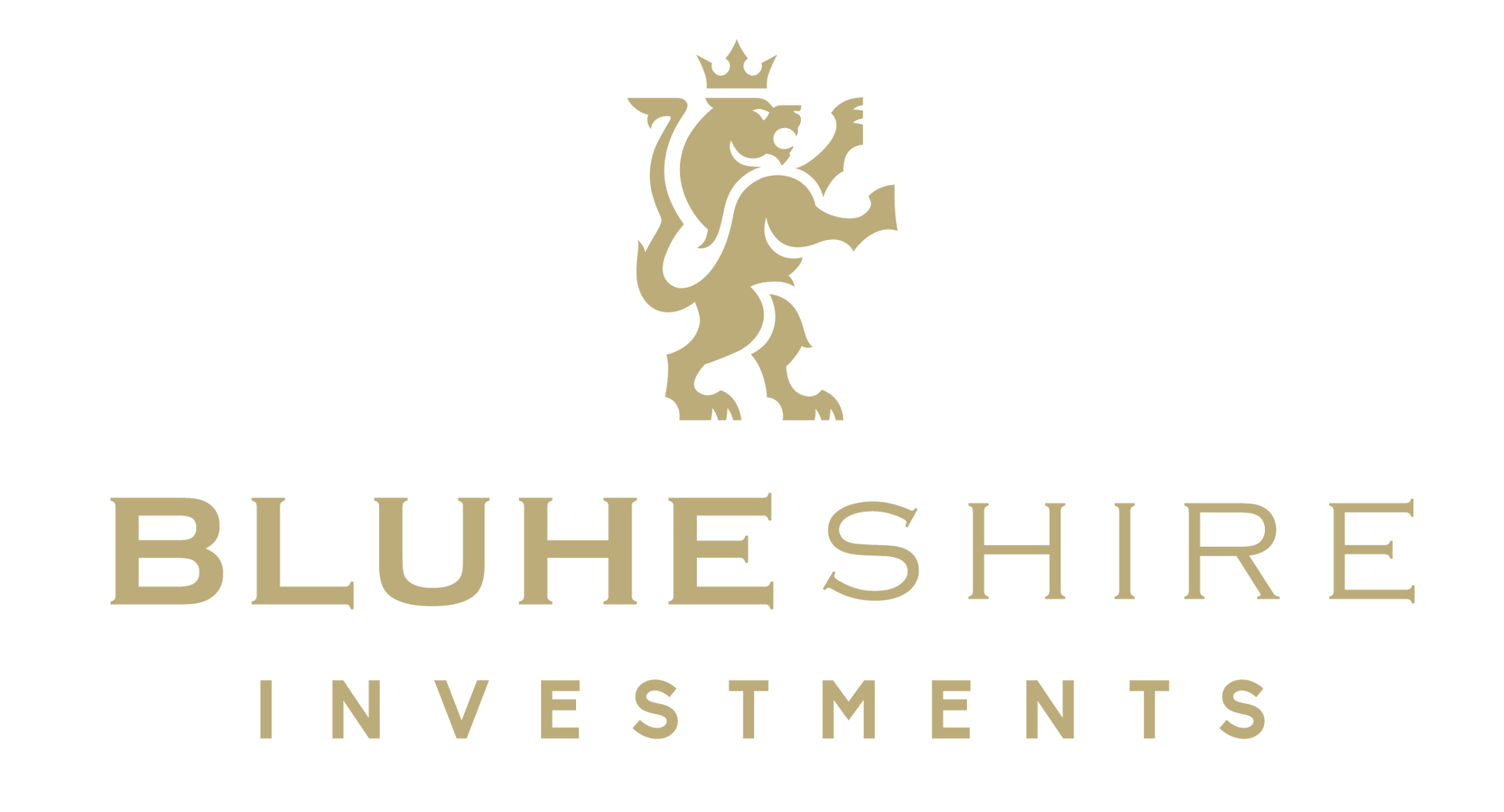Top 5 ways to Monetize High Value In-Ground Assets
Top 5 ways to monetize high value in-ground assets

top 5
If you have a high-value in-ground asset, such as a piece of land with valuable natural resources or a valuable location, you may be able to monetize it in a number of ways. Here are a few strategies to consider:
- Develop the land: If you own a piece of land that is suitable for development, you may be able to monetize it by building on it or selling it to someone who will. This can include residential, commercial, or industrial development, depending on the location and zoning of the land. LEARN MORE
- Lease the land: If you are not interested in developing the land yourself, you may be able to monetize it by leasing it to someone who will. This can be a good option if you want to retain ownership of the land but don't want the responsibility of developing it. LEARN MORE
- Extract natural resources: If your land contains valuable natural resources, such as minerals, oil, or natural gas, you may be able to monetize it by extracting these resources and selling them. LEARN MORE
- Sell the land: If you don't want to develop or lease the land yourself, you may be able to monetize it by selling it to someone else who is interested in doing so. This can be a good option if you want to cash in on the value of the land quickly. LEARN MORE
- Create an insurance wrap: also known as insurance-wrapped securities, are a type of financial product that combines the benefits of insurance with the potential returns of an investment. LEARN MORE
It's important to consider the potential risks and returns of each monetization strategy before deciding which one is right for you. You should also be aware of any legal or regulatory issues that may affect your ability to monetize your land.
Risk
The potential risks and returns of each monetization strategy will depend on the specific asset being monetized and the market conditions at the time. Here are some general considerations for the risks and returns of common monetization strategies:
- Renting or leasing the asset: This strategy can generate a steady stream of income, but there is a risk that the asset may not be rented or leased consistently, or that the rent or lease payments may not cover the costs of owning and maintaining the asset. There is also a risk that the asset may suffer damage or wear and tear while it is being rented or leased.
- Selling the asset: This strategy can provide a one-time payout, but the return on investment may be uncertain and may depend on the market value of the asset at the time of the sale. There is also a risk that the asset may not sell at all or may sell for less than expected.
- Investing the asset: This strategy can potentially generate a return on investment through appreciation in the value of the asset or through dividends or other forms of income. However, there is also a risk that the value of the asset may decline, resulting in a loss on the investment.
- Using the asset to generate passive income: This strategy can potentially generate a steady stream of income, but there is a risk that the income may be insufficient to cover the costs of owning and maintaining the asset, or that the asset may suffer damage or wear and tear while it is being used to generate income.
- Leveraging the asset: This strategy can provide access to capital, but it also involves taking on debt, which can increase the risk of financial loss if the asset declines in value or if the borrower is unable to make the required loan payments.
It's important to carefully evaluate the risks and potential returns of each monetization strategy before deciding which is best for you.
Reward
The potential rewards for each monetization strategy will depend on the specific asset being monetized and the market conditions at the time. Here are some general considerations for the rewards of common monetization strategies:
- Renting or leasing the asset: This strategy can generate a steady stream of income, which can be used to cover the costs of owning and maintaining the asset, or to generate profit.
- Selling the asset: This strategy can provide a one-time payout, which can be used to pay off debt or fund other financial goals.
- Investing the asset: This strategy can potentially generate a return on investment through appreciation in the value of the asset or through dividends or other forms of income.
- Using the asset to generate passive income: This strategy can potentially generate a steady stream of income, which can be used to cover the costs of owning and maintaining the asset, or to generate profit.
- Leveraging the asset: This strategy can provide access to capital, which can be used to fund business ventures, invest in other assets, or meet other financial goals.
It's important to carefully evaluate the potential rewards and risks of each monetization strategy before deciding which one is right for you. You should also be aware of any legal or regulatory issues that may affect your ability to monetize your assets. In addition, it's a good idea to seek the advice of a financial professional or an attorney before making any decisions about monetizing your assets.


